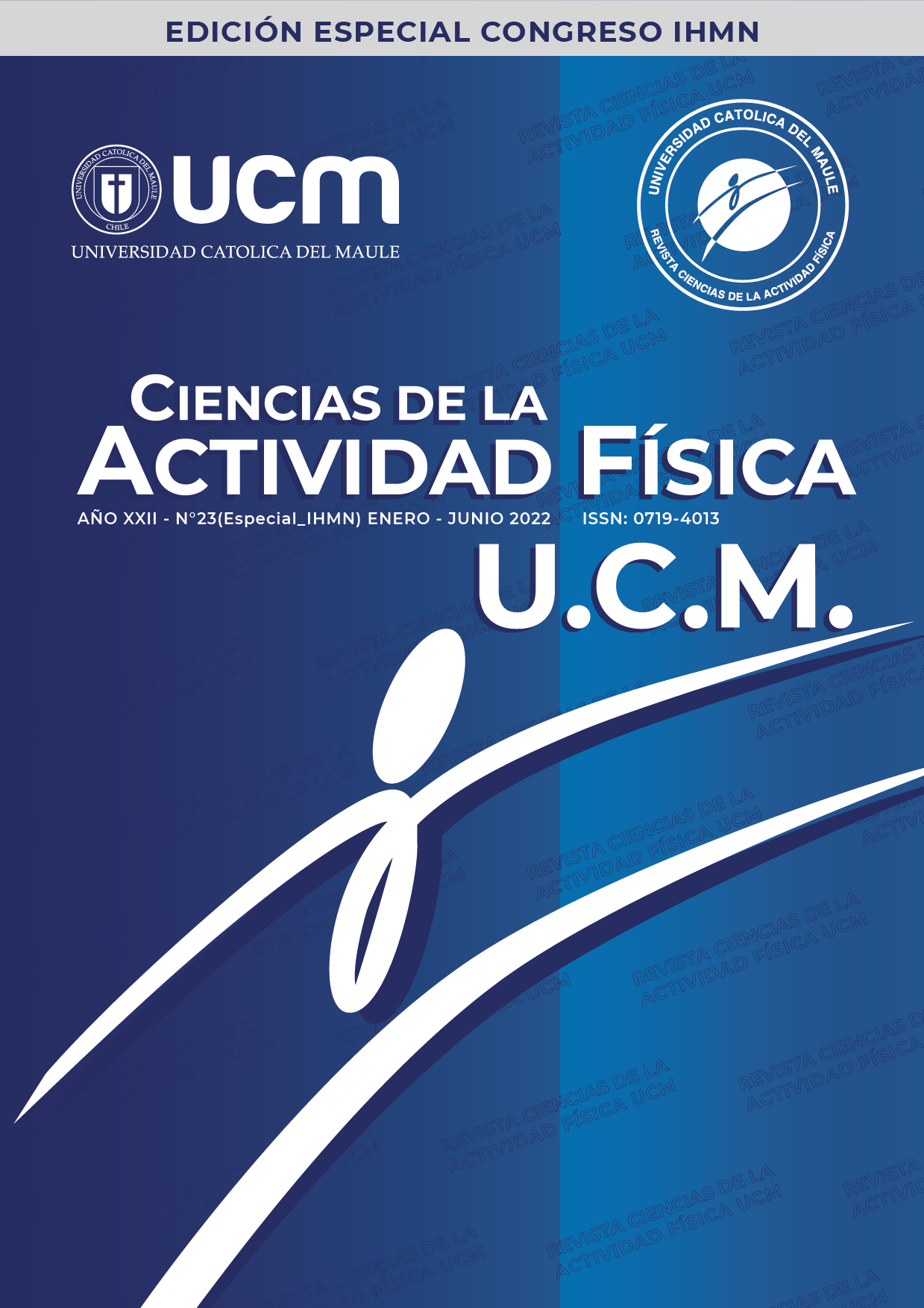El uso de la estimulación transcraneal como tratamiento en la rehabilitación motora de un niño con parálisis cerebral - un proyecto de estudio de caso
##plugins.themes.bootstrap3.article.main##
Resumen
La parálisis cerebral (PC) también denominada como encefalopatía crónica no progresiva de la infancia es consecuencia de lesiones no progresivas que ocurrieron en el cerebro inmaduro en el periodo pre, peri o post-natal, afectando el sistema nervioso central en la fase de maduración estructural y funcional. El presente trabajo trata de un estudio de caso con características de investigación experimental, intervencional, donde fue realizado un protocolo de dos sesiones semanales de cuarenta minutos, con un total de veinte (20) sesiones. El protocolo terapéutico consistió en una estimulación transcraniana y tuvo como objetivo general, investigar los efectos de la ETCC, asociada a la cinesioterapia y activación de las neuronas espejo, en la rehabilitación de un niño con parálisis cerebral de 54 meses de edad cronológica, grado moderado de hipertonía muscular en miembros inferiores, movimientos voluntarios con debilidad de fuerza muscular; escoliosis dorsolumbar y puntuación cero en la escala de Movilidad Fun.


 https://orcid.org/0000-0003-0981-8020
https://orcid.org/0000-0003-0981-8020
